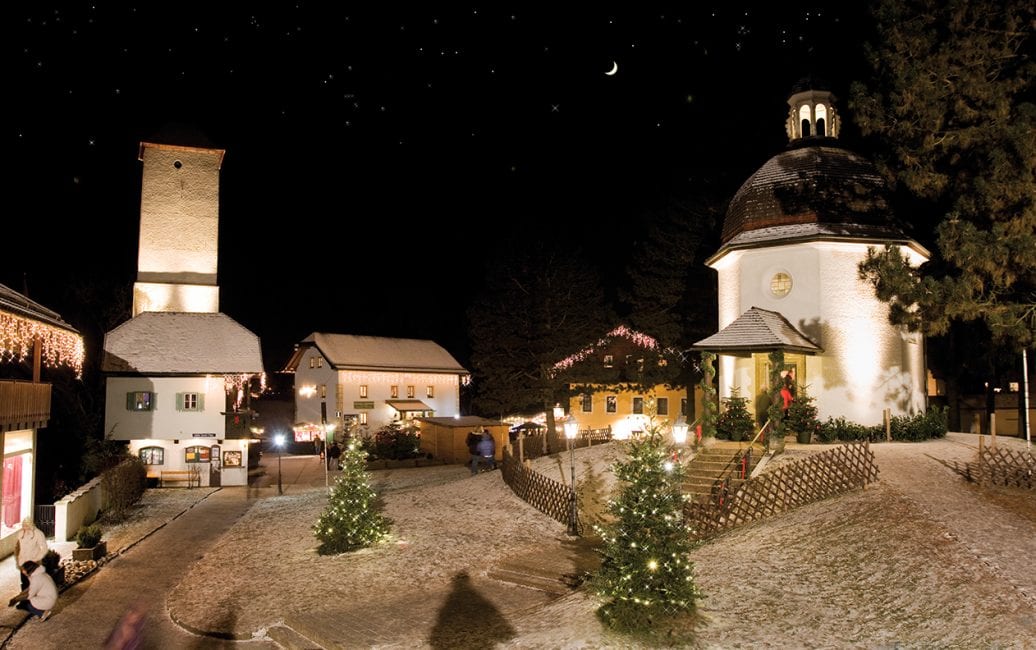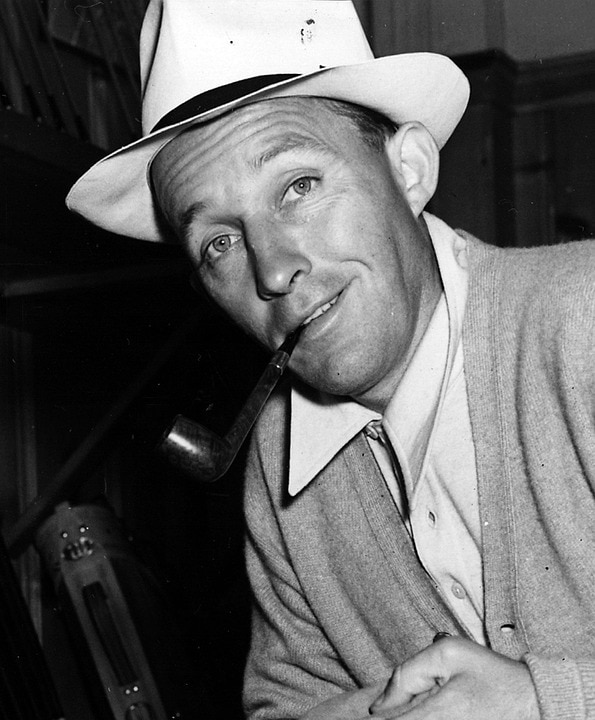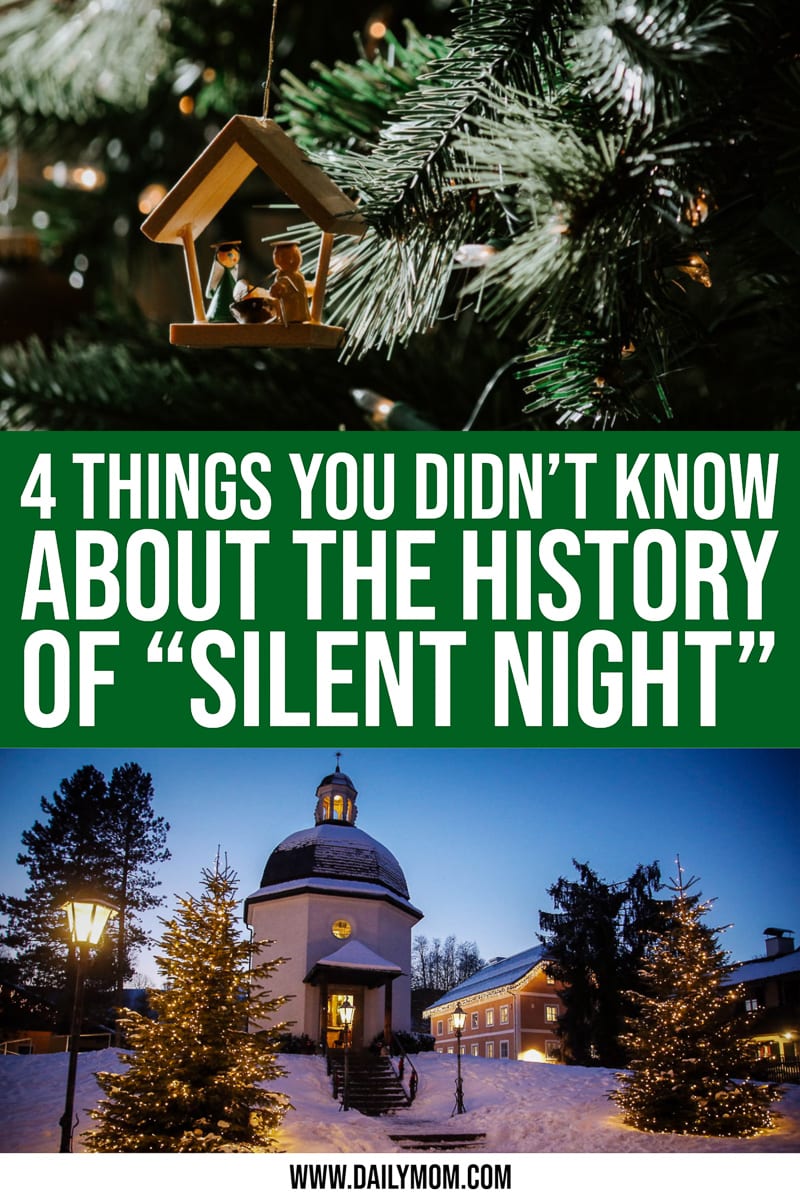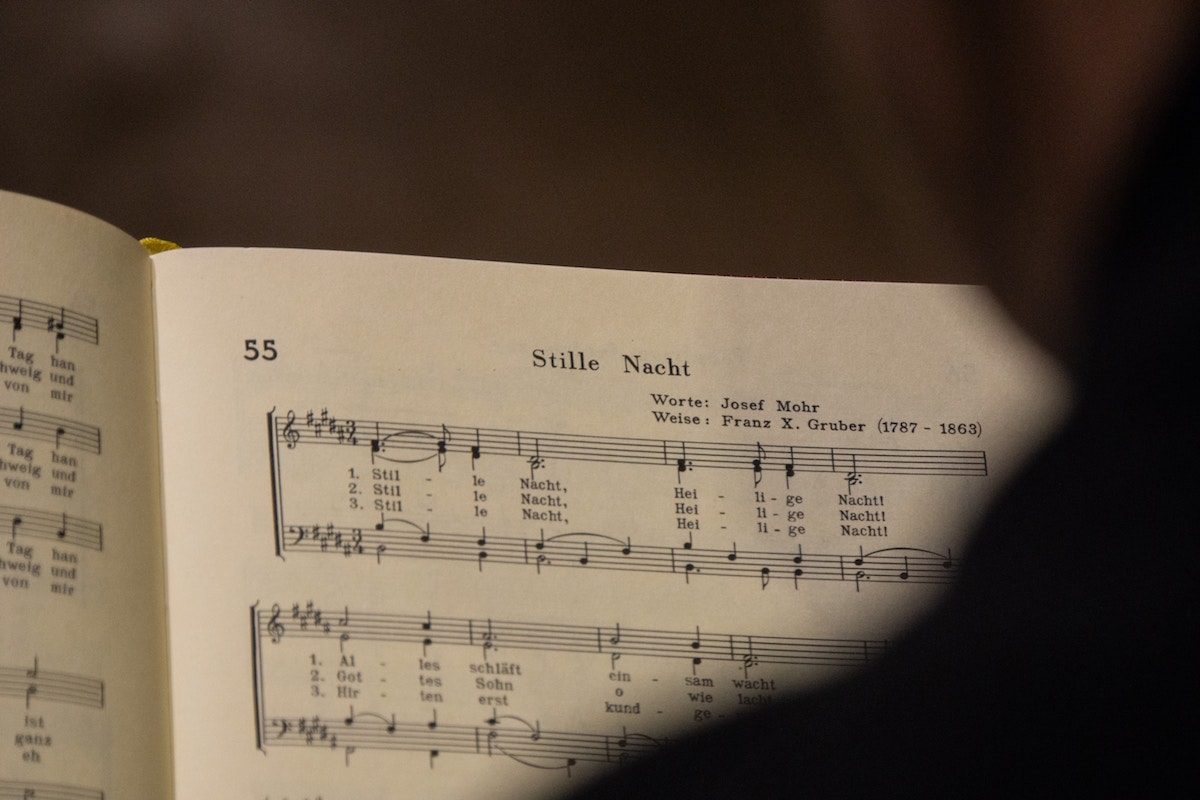As the air gets crisper, the lights seem to twinkle more. Hugs are warmer, and they last a bit longer, too. There is something truly magical about Christmastime. As the cashiers slam their drawers and tear receipts, people are inundated with sounds of the season: Salvation Army Santas ringing their bells, boots and clacking heels on the pavement, and the monotonic hum of one hundred conversations in the halls of the mall. Among these typical sounds of the season are Christmas carols, and one stands out among the rest.
The history of Silent Night is full of a vibrant and storied past that adds to the richness of the season. Truly, people can casually sing along to the words we know as we go about our days, “Silver Bells…Wish You A Merry Christmas…Santa Baby,” but this one song has the power to stop us in our tracks. One song reminds us to stop and listen through the breathless calm that the magic of a Christmas night can invoke-one song called “Silent Night”. Keep reading to find out why the history of Silent Night may be more interesting than you imagine!
Silent Night Prevails During Times Of War

- In 1818, when Silent Night was written, Europe was in the midst of trial and strife. Napoleon had waged wars and devastated entire regions, and in Bavaria, the home-country of this Christmas hymn, starvation and struggle was a very real threat. The people in the regions of Salzburg, Austria, were used to having music in their lives, because some of the most popular musicians studied in Austria (think: Mozart, Haydn, Hummel), so it only makes sense that this is where the history of Silent Night would begin, becoming the home of the most popular Christmas carol in the world.
Read More: 15 Photos Of German Winter To Help You Get Into Christmas Spirit
2. Silent Night was so well-known, it inspired peace during World War I on Flanders Field.
“What appears from the winter fog and misery is a Christmas story, a fine Christmas story that is, in truth, the most faded and tattered of adjectives: inspiring.”
This quote from the Wall Street Journal expresses the mysterious power that Christmas music offered in the midst of horror and death. Christmas Eve of 1914 was the first rain-less evening in days for soldiers on the Western Front, and “No Man’s Land” was a place for soldiers who would pay the ultimate sacrifice within the next weeks.

That night was different, though. On the night air came a familiar tune, “Stille Nacht” (German for Silent Night). The Germans had illuminated Christmas trees and were singing Christmas Carols. Instead of returning fire, the British began singing in English. Before long, troops had emerged from the trenches singing, exchanging make-shift gifts of rations, and even playing games in the mud. Joyeux Noel is a film that highlights certain aspects of the war, and it has an especially moving depiction of the Christmas Eve Truce that evokes the emotion associated with the history of Silent Night.
The Christmas Truce of 1914 was a powerful moment for all sides, and although short-lived, it expressed each side’s desire for peace and brotherly love. The spirit of Christmas came alive in the midst of violence and death only through the power of song.
The History Of Silent Night In Popular Culture

3. The first performance of Silent Night was accompanied by a guitar. Joseph Mohr and Franz Gruber didn’t know each other for long. In 1816, Joseph Mohr came to Oberndorf as an assistant priest. He asked Gruber to compose a melody for a poem he had previously written, to be performed for Christmas. Unfortunately, the Church was damaged by repeated flooding and the organ was destroyed. The history of Silent Night began as a hymn in a small church, accompanied by guitar, following Christmas Eve Mass in 1818.

4. Silent Night is the fourth best-selling single of all time. Bing Crosby’s 1935 recording of Silent Night has sold (and continues to sell) over 30 Million copies. It has also sold the most sheet music of any Christmas Carol ever. It is safe to say that, as far as Christmas music goes, this is a chart topper.
Read More: The History of Christmas Carols
Last year, this popular Christmas song turned 200 years old. Through those years, the history of Silent Night has gained meaning for thousands of people throughout the world so powerful that sometimes, simply humming the song can evoke memories powerful enough for tears to well up in their eyes and slide down their cheeks. The power of music is one that has prevailed and grown throughout history, and the evidence is here in the history of Silent Night.
Like all traditions, this Christmastime symbol’s meaning changes and grows. Perhaps it will find its special place in the heart of your family’s holiday traditions.
WANT TO READ MORE?
Check out this article on The Impact of Music Education in Children’s Lives.

Sources: Smithsonian, BG Independent Media, Pixabay


































